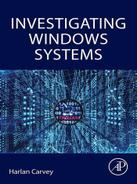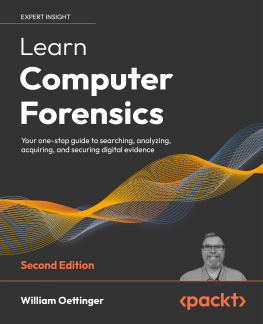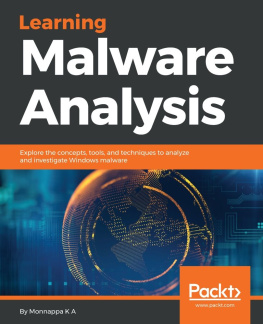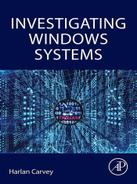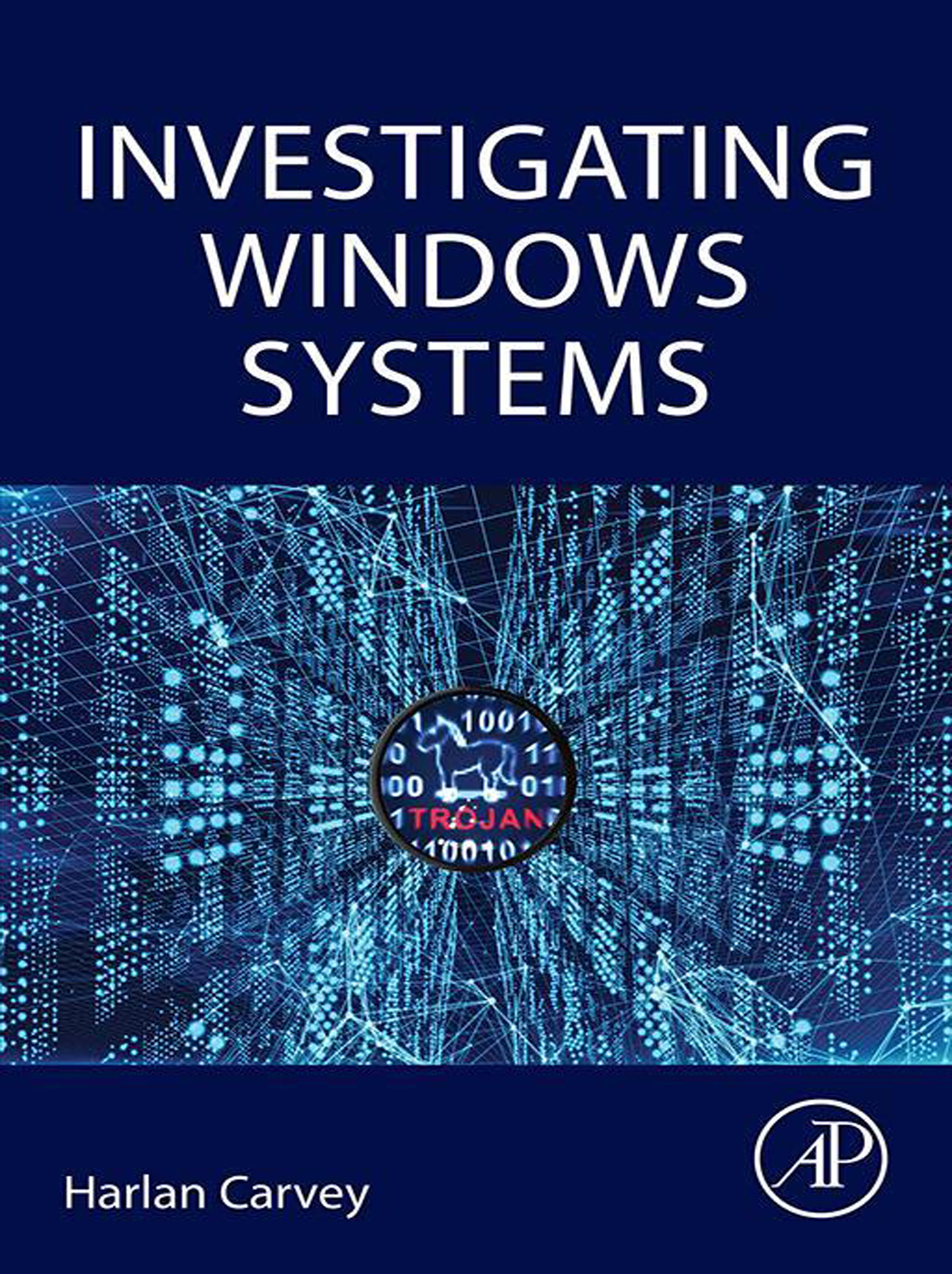Copyright
Academic Press is an imprint of Elsevier
125 London Wall, London EC2Y 5AS, United Kingdom
525 B Street, Suite 1650, San Diego, CA 92101, United States
50 Hampshire Street, 5th Floor, Cambridge, MA 02139, United States
The Boulevard, Langford Lane, Kidlington, Oxford OX5 1GB, United Kingdom
Copyright 2018 Elsevier Inc. All rights reserved.
No part of this publication may be reproduced or transmitted in any form or by any means, electronic or mechanical, including photocopying, recording, or any information storage and retrieval system, without permission in writing from the publisher. Details on how to seek permission, further information about the Publishers permissions policies and our arrangements with organizations such as the Copyright Clearance Center and the Copyright Licensing Agency, can be found at our website: http://www.elsevier.com/permissions.
This book and the individual contributions contained in it are protected under copyright by the Publisher (other than as may be noted herein).
Notices
Knowledge and best practice in this field are constantly changing. As new research and experience broaden our understanding, changes in research methods, professional practices, or medical treatment may become necessary.
Practitioners and researchers must always rely on their own experience and knowledge in evaluating and using any information, methods, compounds, or experiments described herein. In using such information or methods they should be mindful of their own safety and the safety of others, including parties for whom they have a professional responsibility.
To the fullest extent of the law, neither the Publisher nor the authors, contributors, or editors, assume any liability for any injury and/or damage to persons or property as a matter of products liability, negligence or otherwise, or from any use or operation of any methods, products, instructions, or ideas contained in the material herein.
British Library Cataloguing-in-Publication Data
A catalogue record for this book is available from the British Library
Library of Congress Cataloging-in-Publication Data
A catalog record for this book is available from the Library of Congress
ISBN: 978-0-12-811415-5
For Information on all Academic Press publications visit our website at https://www.elsevier.com/books-and-journals

Publisher: Stacy Masucci
Acquisition Editor: Elizabeth Brown
Editorial Project Manager: Emily Thomson
Production Project Manager: Sujatha Thirugnana Sambandam
Cover Designer: Victoria Pearson
Typeset by MPS Limited, Chennai, India
About the Author
Harlan Carvey has been involved in the information security field for almost 30 years. Stating out as a communications officer in the United States military, he later transitioned to the private sector, where he began performing vulnerability assessments. From there, it was a natural transition to digital forensic analysis and incident response. He also has a good bit of experience in hunting and responding to target threat actors, colloquially referred to as APT.
Harlan is an accomplished author, public speaker, and developer of open source tools. He dabbles in other activities, including home brewing, horseback riding, and backing gooseneck horse trailers into tight parking spots. He also enjoys answering questions using only movie quotes, with A Few Good Men and the Deadpool movies being some of his favorites.
Harlan earned a bachelors degree in electrical engineering from the Virginia Military Institute, and a masters degree in the same discipline from the Naval Postgraduate School. He resides in Virginia, where he enjoys listening to the Hair Nation channel on Sirius XM.
Preface
I am not an expert. I have never claimed to be an expert, particularly at analyzing Windows systems. As I have done before, got to a point where I looked around at the materials I had written into blog posts, into various documents, and even in a hard copy notebook and on scraps of paper, and saw that I had reached a critical mass. At that point, once I had stacked everything up, I felt that I likely had too much for a blog post (definitely too much for Twitter), and should just put everything into a book.
Looking back, I really feel like I decided to write this book for a couple of reasons. First, all of my earlier books have included lists of artifacts to be analyzed and tools for parsing various data sources, but little in the way of the thought process and analysis decisions that go into the actual analysis. This thought process is something I follow pretty much every time I perform analysis of an acquired image, and I thought that, taking a different approach with this book would be beneficial to someone. This is also due to the fact that when I have attended training courses and conference presentations, something I have asked a number of times is, what is the analysis decision that led you to this point? I thought that since I have had that question, is it possible that others might have had the same or similar questions? What was different about someone elses experiences such that they chose to follow one path of analysis over another? My thinking has been that by engaging with each other and understanding different viewpoints, we all grow, develop, and get better at analysis.
Another reason for writing this book is that there are a number of sites you can visit online that describe the use of open source and freely available tools for parsing data sources. However, rather than listing the tools and providing suggestions regarding how those tools might be used, I thought it would be a good idea to provide example analyses, from start to finish, and include the thought processes and analysis decisions along the way with respect to what tool to use, why, and what the analysis of the output of the tool provided, or led to.
In this book, I relied upon the kindness of others who have posted images of Windows systems online as part of forensic challenges. To each and everyone of them, I am grateful. In some cases, these online challenges have links to analysis performed by others, but what is often missing is the decision the analyst made as to why they did something. Why did you start there, or why did you choose one direction, or one data source, in your analysis over another?
Throughout this book, I have tried to remain true to a couple of base tenants and concepts. First, documentation is everything. As is often said on the Internet, picture, or it did not happen. That is to say, unless you have documentation of your actions (in this case, a picture), it did not really happen. The same thing applies to forensic analysis; over the years, many of us have shared the euphemism of having to explain what actions we took and decisions we made during analysis 6 months ago. Well, it was all a euphemism, until it was not. I have worked with analysts who have had to go back to an engagement that was 12 months old, and try to explain what they did to their boss, or to legal counsel, without any documentation whatsoever. Furthermore, too many times, we miss the opportunity to share findings with other analysts, or even simply use what we learned on future engagements because we did not document what we did, nor what we found. We cannot remember everything, and baking our findings back into our analysis tools and processes means that we do not have to.

